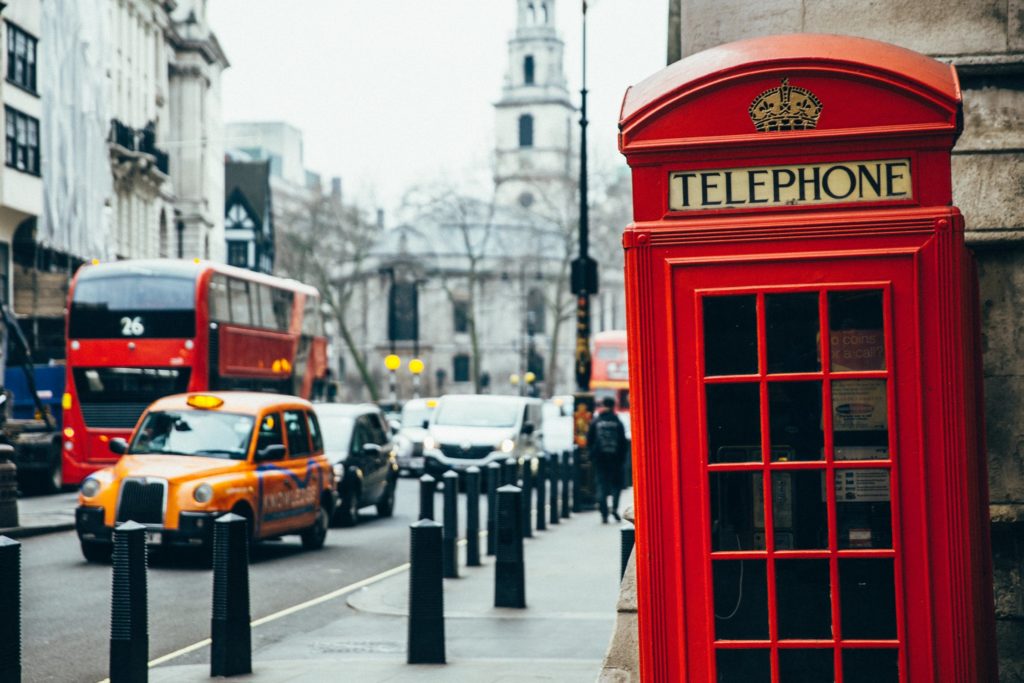
Household Targets To Waste Less and Recycle More
May 18th, 2020Wasting less can contribute in a huge way to the environment. Sending more of your household rubbish for recycling can positively impact the stresses on landfill. If everyone threw their tin cans into household waste, then the potential recyclable metal would have no further use to the metal cycle. It would be a shame to place such a burden on landfill, particularly when the value of metal and steel is so high.
All councils are performing in different ways; whilst South Oxfordshire District Council is currently at the top of the tables, achieving a 67% recycling rate, other councils have rates as low as 14%. There are many factors that play a part including area and household discipline. It is the council’s duty to print appropriate leaflets to persuade householders on their role. A list of items that are recyclable is the most influential way to educate householders.
By 2025, all households will be able to recycle a core set of materials despite the area they live. In 2016, the Waste and Resources Action Programme also published a document outlining guidelines on what items can and cannot be recycled. Tissues are one of the items that are on the No list and cannot be recycled as paper, due to hygiene reasons. Local council websites will also provide useful lists.
Wasting less can contribute in a huge way to the environment. Sending more of your household rubbish for recycling can positively impact the stresses on landfill. If everyone threw their tin cans into household waste, then the potential recyclable metal would have no further use to the metal cycle. It would be a shame to place such a burden on landfill, particularly when the value of metal and steel is so high.

The government’s target to recycle at least 50% of all household rubbish by 2020 is already being implemented by millions nationwide. Householders have no room to place all their cardboard and glass into their normal waste bins that having a separate recycling system in their home, offloads how quickly the waste bin gets full. After all packaging is bulky and placing it in normal waste will mean frequent trips to the wheelie bin.
All councils are performing in different ways; whilst South Oxfordshire District Council is currently at the top of the tables, achieving a 67% recycling rate, other councils have rates as low as 14%. There are many factors that play a part including area and household discipline. It is the council’s duty to print appropriate leaflets to persuade householders on their role. A list of items that are recyclable is the most influential way to educate householders.
By 2025, all households will be able to recycle a core set of materials despite the area they live. In 2016, the Waste and Resources Action Programme also published a document outlining guidelines on what items can and cannot be recycled. Tissues are one of the items that are on the No list and cannot be recycled as paper, due to hygiene reasons. Local council websites will also provide useful lists.
